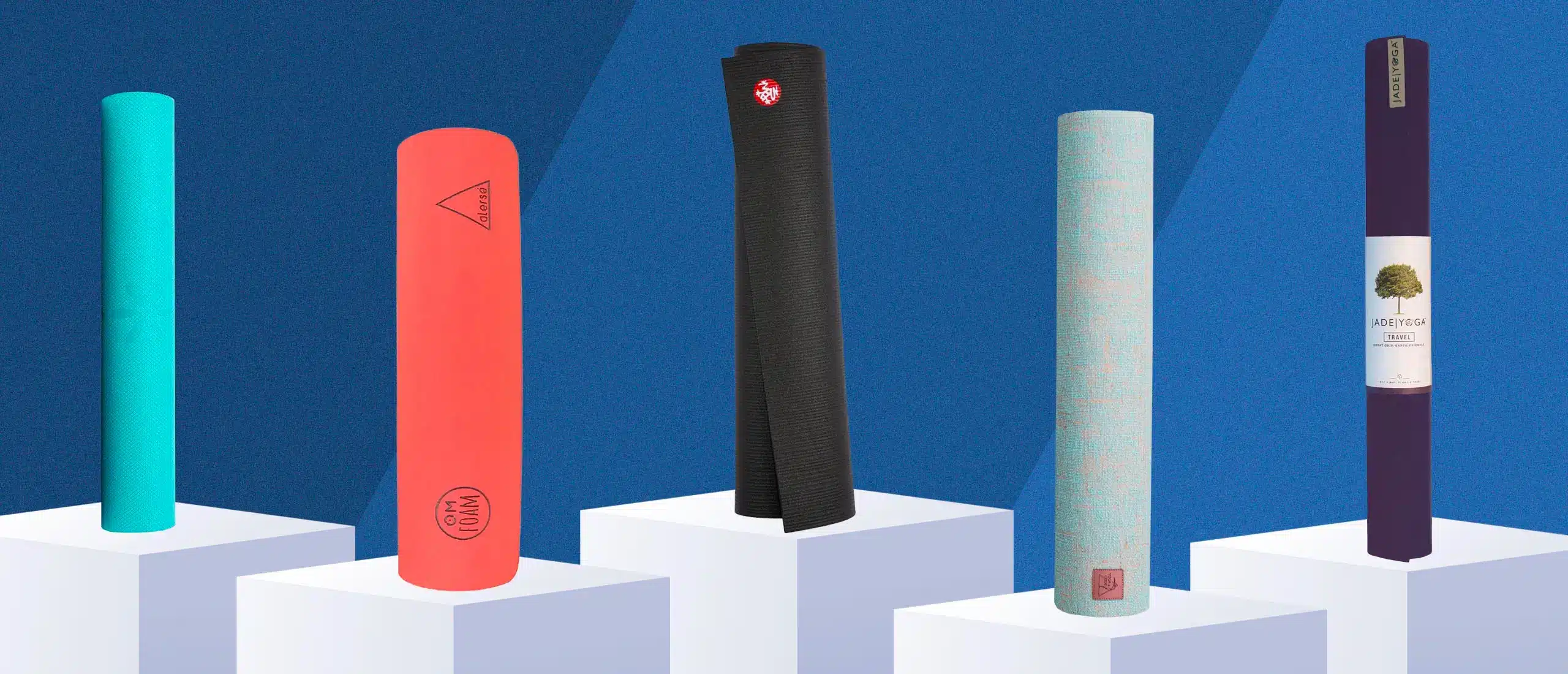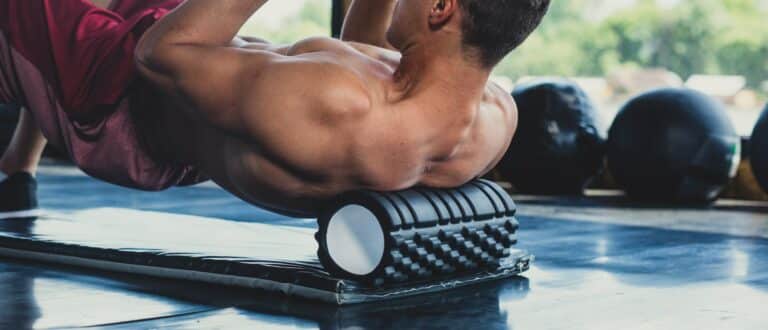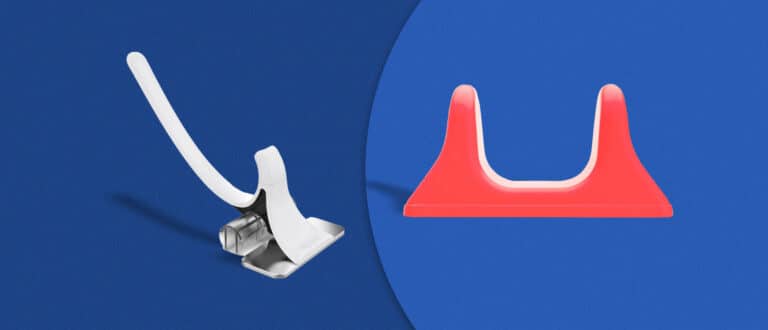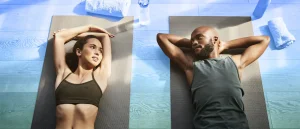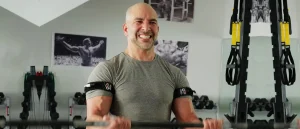5 Non-Slip Yoga Mats That Stand Up to the Sweatiest Power Flows
- By Ingrid Yang, M.D., J.D.
- and Brianna Lapolla
- June 15, 2023
Sure, you could do yoga in your squat shorts, on your home gym floor. But if you’re going to pretzel yourself into crow pose, you probably want to invest in proper yoga gear that mitigates injury risk, and keeps you comfortable while sweat is dripping off your nose.
First thing’s first: you’re going to want a joint-cushioning yoga mat with a non-slip finish, so you don’t eat it while moving from flying warrior into high lunge. Don’t know where to start? We’ve got five expert-vetted picks, along with all the reasons why you should invest in one right here.
Are All Yoga Mats Non-Slip?
If you’ve ever gone to hot yoga and felt like you were on a slip and slide, you know that not all yoga mats are anti-slip. You would think the first priority in production would be non-slip and cushion, but not all yoga modalities are sweat-inducing, so it’s not necessary all the time.
Whether or not a yoga mat is non-slip depends on the material it’s made of. “PVC mats, for instance, are slippery in the beginning and one needs to break them in to achieve grip. While cotton yoga mats will slide from under you if used on tiled or hard floors,” says Smriti Tuteja, a yoga teacher for yogic-experience.com.
Why Do You Need a Non-Slip Yoga Mat?
The woes of slippery yoga mats are more than just an annoyance—you could be opening yourself up to the possibility of injury. “A slippery yoga mat may make it almost impossible to hold a pose or, in a worse case, may cause you to slip while practicing, leaving you hurt,” warns Tuteja. Plus, slipping around on your yoga mat detracts from your enjoyment of the practice and the mindfulness benefits associated with yoga. “No one wants to be in down-dog, with both feet and hands slipping until you end up in a plank,” comments Jenni Hackworth, CEO of White Lotus Yoga Studio in Monument, Colorado.
The Best Non-Slip Yoga Mats
How Do You Break In a Non-Slip Yoga Mat?
The best way to break in your yoga mat is to (wait for it)…use it. But there are other things you can do to speed up the process. Rafael Aguilo, co-founder and co-creator of the Alerse Yoga Mat recommends wiping your mat down with a damp towel, to remove any residue or dust and to activate the grip of your non-slip yoga mat. “Stay away from harsh soaps or oils on your mat, as those could stay on the material and cause it to get slippery,” he advises. Tuteja also recommends walking over it barefoot to accelerate the breaking-in process if you’re not ready to practice yoga on it just yet.
Many people also enjoy using a yoga towel, which can either be placed on top of your mat to soak up sweat or kept close by to wipe yourself or your mat down as needed. Many yoga towels also add traction to the mat when wet, so they can be a good option before a new mat is broken in. We recommend the LEUS Eco Towel which is antimicrobial, super soft, and extra absorbent.
How Do You Clean a Yoga Mat?
Think about it: you’re stepping all over your mat with bare feet, sweating on it, breathing on it, and more. Lots of dirt and bacteria accumulates on your yoga mat, so yes, you do have to clean it often. Aguilo recommends giving it a good wipe-down with a damp cloth immediately after practicing. “If you need a little more,” he says, “we would recommend a baby wipe.” If you’re going to use soap, use baby soap, not harsh detergents or vinegar, which can both degrade the materials and cause them to break down sooner.



